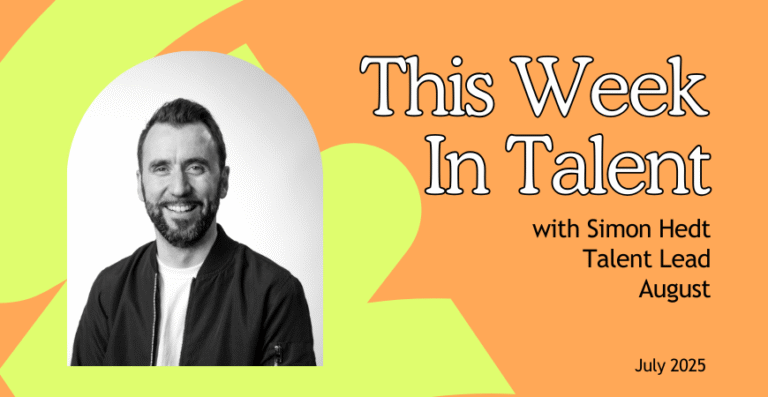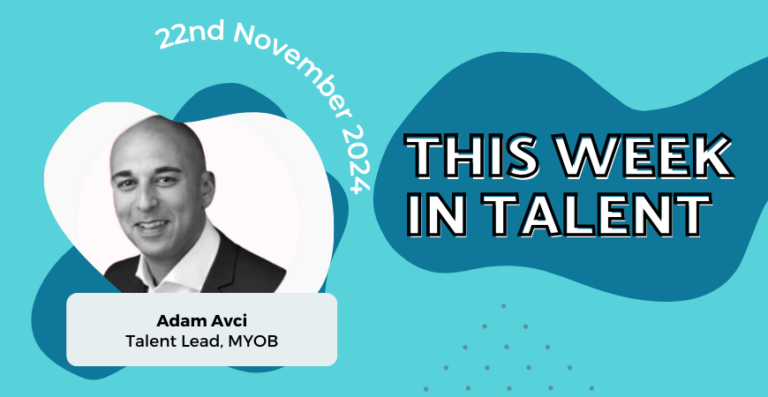“We’re working on three times the number of vacancies I’d like to” a Talent Acquisition Manager told me this week. “What we thought 12 months ago was a temporary spike in vacancies rolled on throughout the whole of last year and is now the new normal.”
2021 was a year like no other. Coming back from “year one” of Covid, 2021 started with cautious optimism that things for society, the economy and talent acquisition were going to improve. However over 12 short months talent teams went from overstaffed (some made lay-offs) to understaffed and struggling to meet the hiring demands of their organisation.
Three months into 2022 and we are now not just talking about “talent shortages” but the flow on effects for organisations who are desperate to fill the surge of vacancies for both skill and unskilled roles. There is desperation in the effort to fill roles, similar to the desperation of home buyers who drive prices up for fear of “missing out”. We are scared of “missing out” on a good candidate because we are worried that finding another one may be out of our control.
Unemployment has continued to decline and in Tuesday night’s federal budget the Australian Government forecasted that national unemployment will hit 3.75% in 2022-23 (estimate for 2021-22 is 4%). So tougher times are still ahead of us.
In a separate report being published in early April month by this author (2022 Contact Centre Best Practice Report) those working in TA in Australia’s contact centre industry highlighted how tough the current market is. When asked to identify the biggest challenges, the top 3 in order are:
- Low volume of applications
- Salaries we’re offering aren’t competitive
- Workload is too high for our TA team
When considering these top concerns there probably isn’t a worse combination. Essentially we aren’t receiving the volume of applications we need to, and our salaries aren’t competitive for the few candidates that are applying. That adds up to a high workload as vacancies pile up, and a talent team under huge strain.
In our report we also asked those in TA how many vacancies on average each individual member of the TA was responsible for. Around one third of respondents said they are working on 50 or more vacancies at any one time. That means the recruiter has 46 minutes a week to spend on each vacancy (if they are working standard full-time hours). To me, that’s an extreme workload.
We don’t really see this changing, with 84% of those in our survey saying that hiring volumes in 2022 will be “the same” or “higher” than 2021.
In recruitment agency land this mirrors exactly what we are seeing. Agencies are well known to focus much time and energy on business development, however many are now regularly turning away work they would like to keep because their own agency is at capacity. The shortage of talent extends across all types of recruitment.
So where to from here? It’s easy to report on the facts, but it’s hard to find a solution. Here’s some practical suggestions:
1. Redeploying, retraining or seconding staff into the TA team
One of two extra pair of hands can really help lighten the workload in the talent team and there are many duties that an inexperienced recruiter can still be very effective at – resume short listening, first round phone screening, reference checking and so on. In terms of a secondment the talent team should have a lot of appeal.
2. Adjusting expectations
Educate your organisation and line managers in advance. That strong shortlist of five high quality candidates you had for a Hiring Manager in 2019 isn’t going to replicate what you receive in 2022. It’s best to prepare line managers for this in advance so you can manage their expectations and encourage them to move at pace.
3. Focusing on employee engagement
If someone leaves your organisation there’s every chance you are going to need to accept a lower quality replacement. Think about that. Measure employee engagement regularly, be transparent with results and take visible actions to improve employee engagement.
4. Monitor staff mental health, look for signs of burnout
I’ve listed this last but it should be every TA leaders top priority. This can be harder to pick up when teams members are working remotely so extra effort may be required. Recruitment can be a relentless job with little downtime, but no downtime at all can lead to poor performance and poor mental health.
What do you think, how can TA teams tackle extreme workloads at the moment?
Image source: Shutterstock







